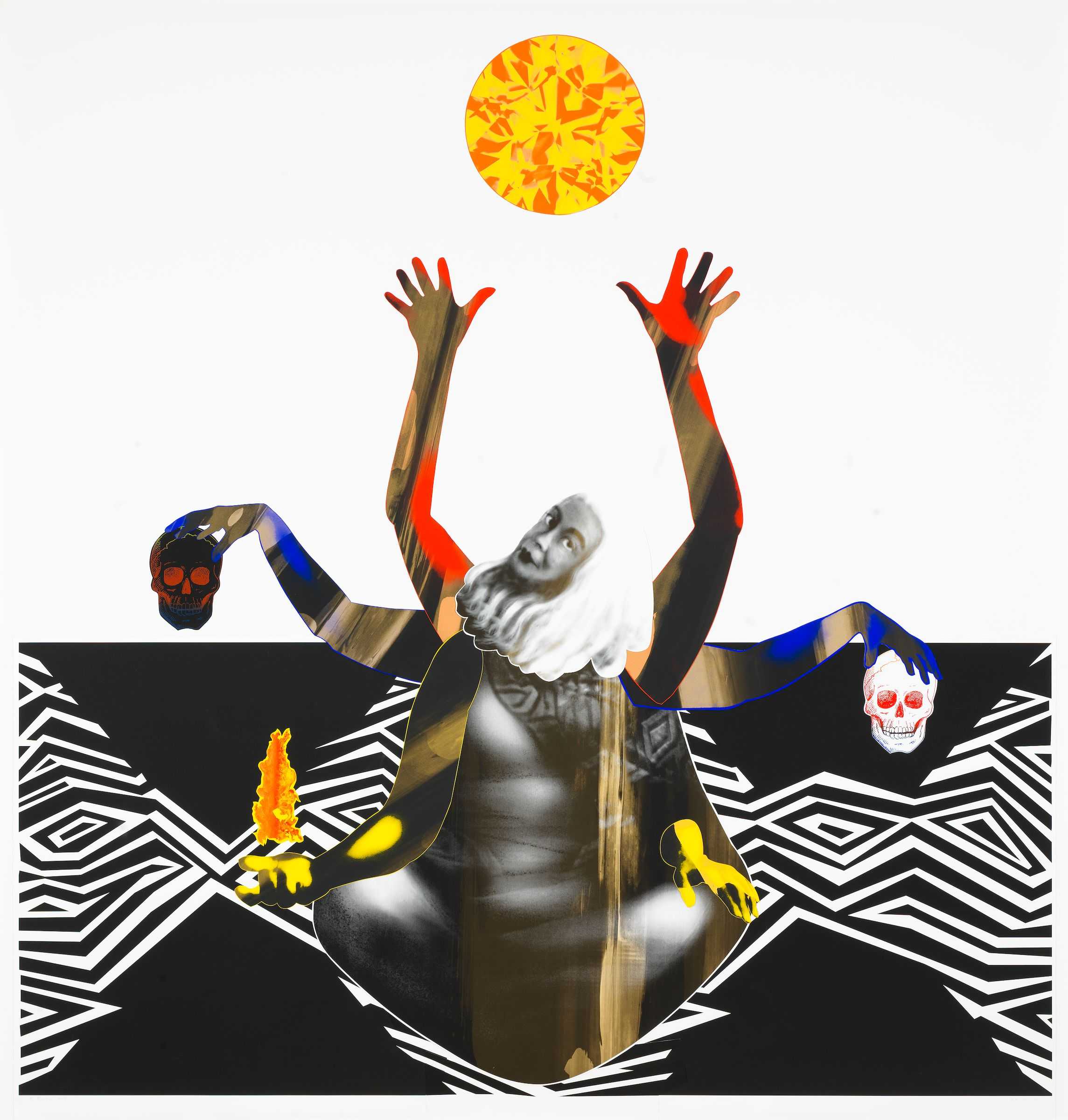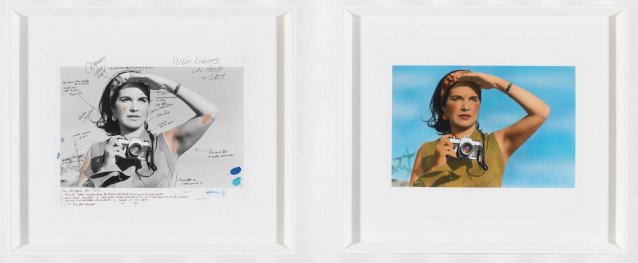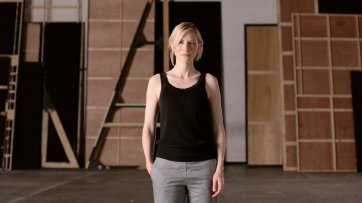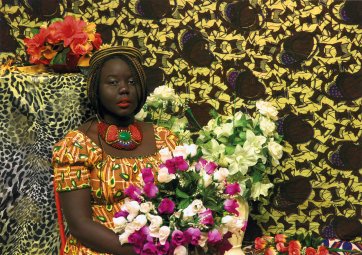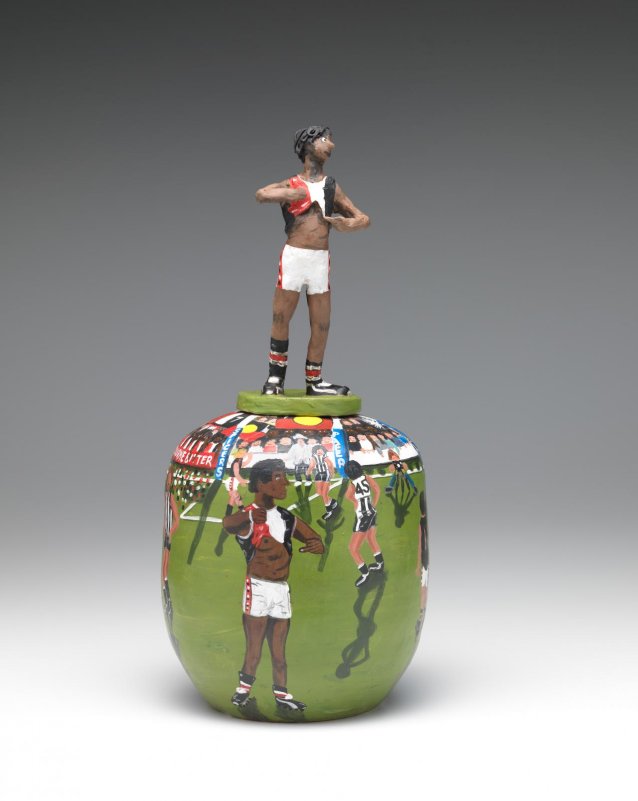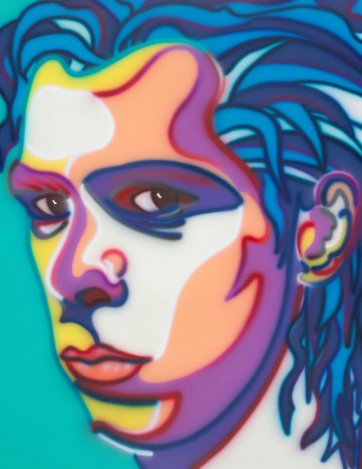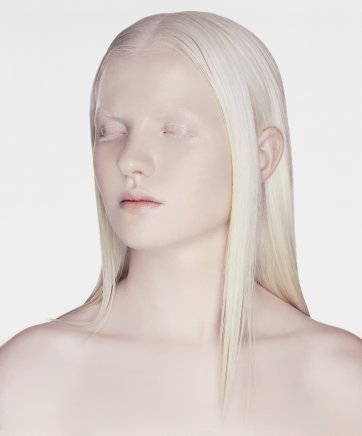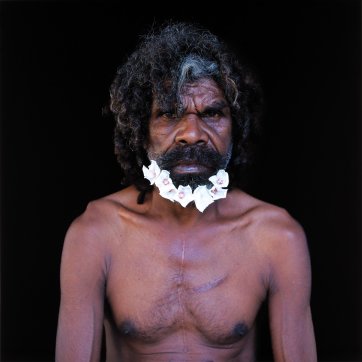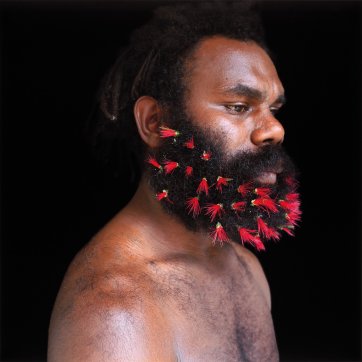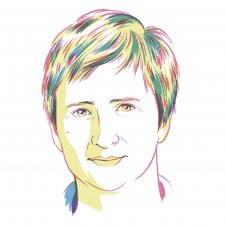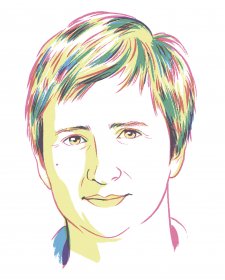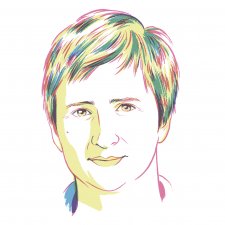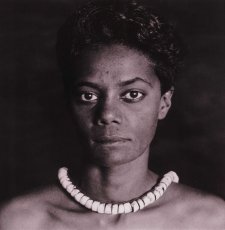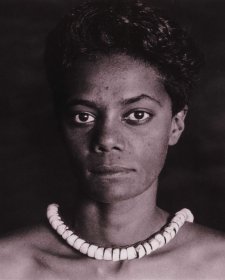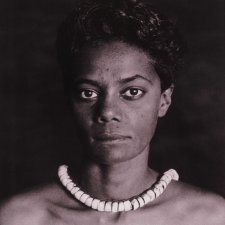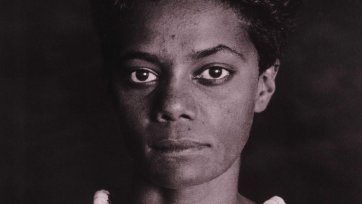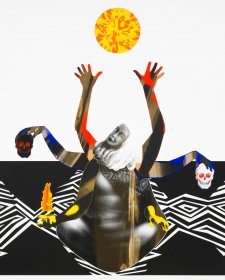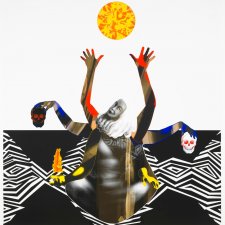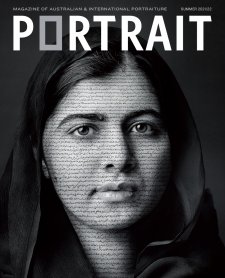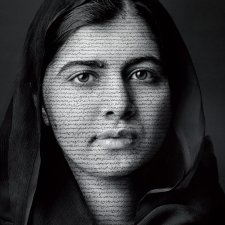When Karen was appointed NPG Director in 2018, Tony immediately thought: ‘two phenomenal collections … Imagine what we could do together!’ He intimated that amid the tremendous flow of ideas that whirl ceaselessly within the NGV, this idea promised his team the excitement of a new collaboration. ‘Tony visited Canberra with a beautiful proposal under his arm,’ recalls Karen. ‘From there, we were able to build upon the ideas and start looking at our collection in a different way.’ Originally conceived with the working title ‘Seeing Ourselves’, as the concept evolved the title changed to mirror one of Brook Andrew’s works in the show.
As a curatorial team, we were lucky to fit in two in-person all-day meetings before late March 2020. We were already working across cities, collaborating over video conference, so it was, in some ways, the perfect exhibition to curate during a pandemic. Philanthropic funding had allowed the NGV to digitise much of their vast collection in recent years. Without high-quality electronic images to work with, the distance would have remained tyrannical. Both directors recognised the size disparity (the NPG has around 50 staff, the NGV has more than 300), but reflecting on their own institutional journeys, neither considered this a barrier to delivering a spectacular exhibition. For Tony, ‘it came down to quality of people and the teams, and … it just felt like a truly equal union’. Here, there is some vigorous nodding from Karen. ‘For us to be able to unite Canberra’s portraits and Melbourne’s portraits,’ reflects Tony, ‘it’s a unique moment-in-time, based on true friendship and trust.’
At this particular moment, as the country emerges from the lockdowns and separations unimaginable when this exhibition idea began, Karen considers that ‘the blending of these collections is very timely in terms of analysing Australian identity. I am excited about the content, really excited about the catalogue and the layout. And the themes are so strong’. Here, there is some vigorous nodding from Tony. The exhibitions’ themes deliberately churn chronology, media, conventional categories and collections. From a strong grounding in person and place to a recasting of icons and identities via an encounter with the artist, an inquiry into intimacy, and recognition of our inner worlds, the selected works juxtapose and complement each other.
‘What really matters in our sector,’ observes Tony, ‘is relationships above everything else. If there’s real honesty and trust, we can support each other and we can interpret collections and take opportunities that are otherwise unachievable.’ Karen agrees. ‘I think collaboration is the key in this world now. If we can work across collections and share the love, I think that’s going to go a long way to really pushing the visual language of Australia out there.’
In considering how visitors might respond to Who Are You, the directors speculate about the effect of combining two collections accumulated on such different curatorial rationales. Will visitors’ expectations in each city be shaped by the emphasis most familiar to them, on artist or sitter? The NPG collects work of identified sitters and actively tells the stories of Australian achievers through the best of Australian portraiture. Tony comments: ‘You straddle a very interesting agenda – fine art and beyond … I find that really stimulating and it reflects an honest and diverse representation of the country.’ The NGV collects exemplary work of Australian artists, including portraits, which may be of known or unknown sitters. Karen loves ‘that blending of the two approaches’ to portraiture in the exhibition.
